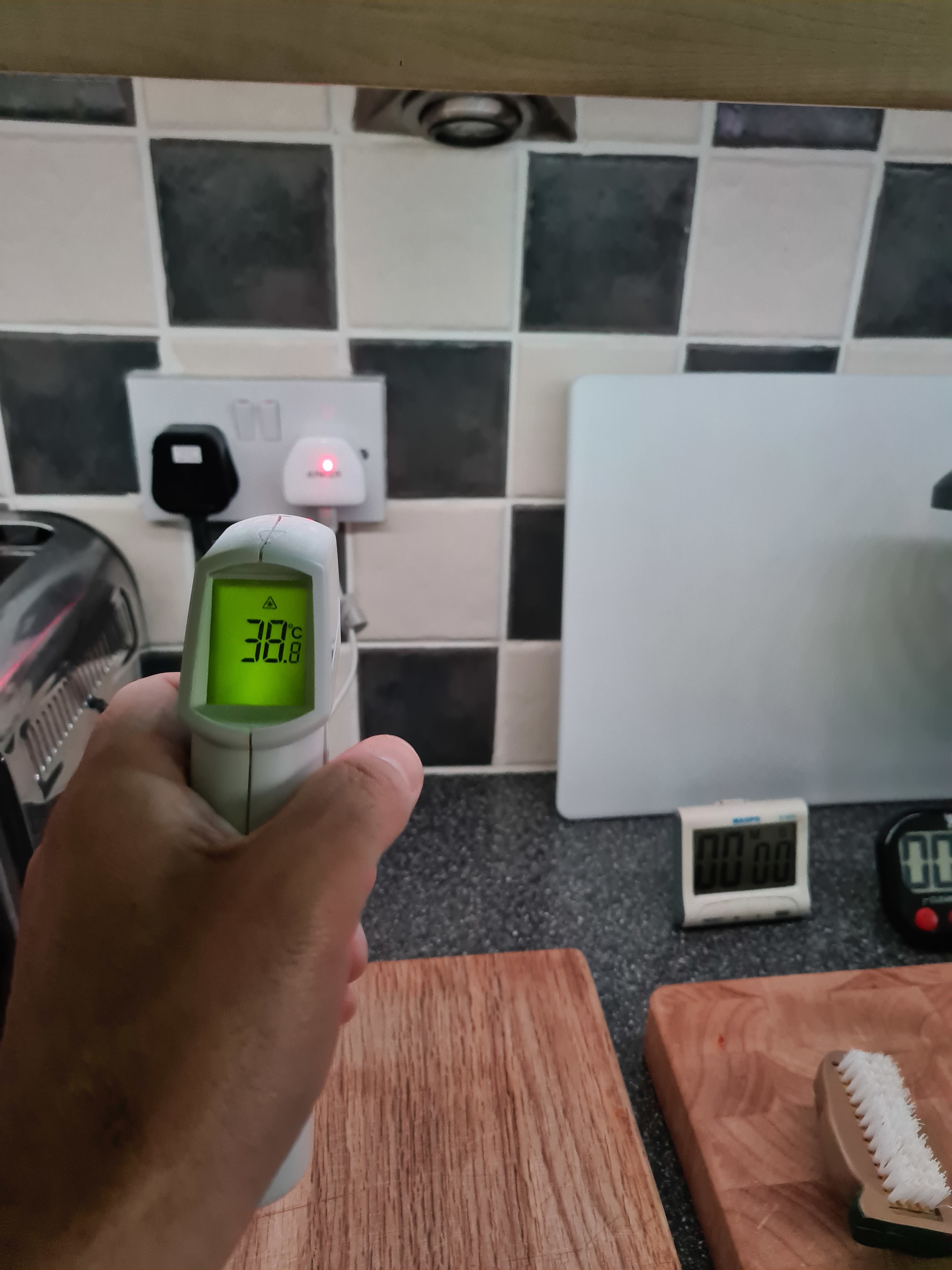
Hey All 
Recently i was one of a lucky few to be picked to test the new UK PowerPort III Nano.
Thanks again @AnkerOfficial
I have a few other Anker chargers but this is a little bit different.
Here’s a short review, but first…
Anker has a great community forum with regular reliable contributors who will lend a helping hand if you have any “real world” questions on products. It’s full of user reviews, product and new release information, product testing opportunities and a section to trade virtual “bucks” earned by forum participation for entries into the Power Draw giving you a chance to win some great prizes. Check it out here;
Anker produces a few chargers in various sizes, outputs and connections so there’s one to suit your requirements.
Don’t believe me? Check out the link below and tell me in the comments what other brands offer that Anker doesn’t;
See, told you they do a few! Onto the Nano…
Brief Spec,
18w PIQ 3 single USBC output.
Unboxing,
Simple packaging in the brands blue and white colour-way.


It has to be said, the box is excessively large for the size of the product. As a few on this forum has discussed, it lends itself well to a future twin pack!
First Impressions,
Light, VERY light. Small, VERY small, hence the name.
Looks nice, which is good enough.


Here it is next to others in its range with a higher outputs.
PowerPort III Nano,
PowerPort III Mini
PowerPort+ Atom III Dual Port

In Use,
No blue light, that both makes me sad and happy.
Sad because that reassuring blue halo of light shows the unit is charging and looks cool. But if in a prominent position it can be disrupting, especially in a bedroom at night.
It runs pretty cool.
In a 45 minute test it started at a room temperature of 24.2 and increased to just 38.8 which is just warm to the touch.


I finally got round to buying a USBC output tester and the results were great.
Connecting to a 50% charged 10.5” iPad Pro it showed to be outputting slightly over the quoted 18w output. 18.21w is only a little over but at least you can be sure the figures in the marketing blurb are accurate and you’re not being short changed.

Who Would Use This?
Anyone with devices with up to 18w charging input, obviously!
But also the benefit with this Nano charger is that the charging cable plugs into the bottom rather than the front so this leads itself perfectly to put behind furniture with its very low profile.
Here It’s pictured beside the PowerPort III Mini, which by no means is a large charger. The difference speaks for itself.

Pros,
No blue LED
Size and weight
Outputs at manufacturers quoted speeds
Low profile as cable plugs into the bottom so hides behind furniture perfectly.
Cons,
No blue LED
Conclusion,
This a really capable charger.
It’s light very compact and does its job well.
It sits well in the broad range of chargers available.
The next progression I hope to see would be for this product to continue to be low profile but maybe be a little more rectangular and incorporate an additional USBC port.
If you need a single port charger and don’t need a huge output, this is the one for you.
As always, if you have any questions or tests I can perform for you drop me a message and I’ll do my best.






 Handy for testing people down the pub for temperature too.
Handy for testing people down the pub for temperature too. 





